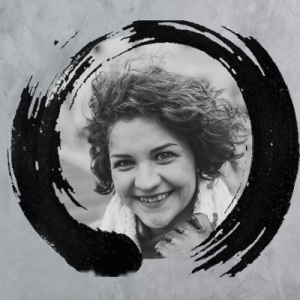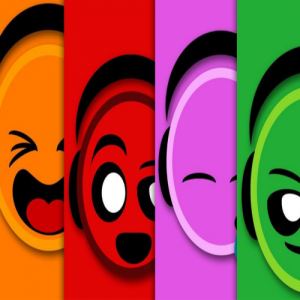“Billy, I have four words for you: Listen to the Woman.”
Sidney Dean (Wesley Snipes) says this to Billy Hoyle (Woody Harrelson) at the end of the 1992 movie White Men Can’t Jump. I love this movie and this scene makes me smile every time.
One of my major challenges over the last eight years of my career is learning how to listen to people. It sounds very simple but is challenging for an extremely active mind. When I am listening to someone my mind is rapidly digesting each word, predicting that they will say next, formulating possible responses, counter responses and playing imaginary conversation chess.
Words are going in but I am not taking the time to appreciate the one who speaks it, the emotions involved, or the words that are unsaid. As the books, seminars and documentation have taught me I am a shallow listener. This was a shocking but interesting revelation for me and apparently I am not alone in this. Overcoming this is still a continuous challenge for me.
To apply this thinking to Salsa I have to ask the question how well do we really listen? Are we deep listeners or shallow listeners? I will outline some of the basic traits.
SHALLOW LISTENING FOLLOWERS
The shallow listening follower is happy that she is following the lead, reading signals and enjoying the dance. However the followers mind is preoccupied with how well they are following, how well they are balanced, that they are spinning correctly or their arms are in the right place. The shallow follower misses a lot of what is not led, does not appreciate where her leader is and does not take the opportunity to influence the dance, or when they do take the opportunity to influence it feels like an interruption. She can have a great dance but does not pull the best out of her dancer partner. Just like in conversations, it ends with mutual agreement and a message being passed across.
DEEP LISTENING FOLLOWERS
The deep listening follower takes her time to get into the dance and to understand the environment they are in; in the case of Salsa, we refer to the: leader, space, lighting and music. Deep followers prepare themselves mentally and throughout the conversation they listen attentively, taking time to absorb the material and then when the opportunity arises add value through well thought out dialog. Deep conversational listeners aim to get the essence of the conversation and the same goes for dancers. Very rarely is there a feeling of interruption and at the end of the conversation you feel energised, motivated and inspired.
SHALLOW LISTENING LEADERS
The shallow listening leader is just happy to be able to get a message across and does not listen to visual or audio feedback. There is not much tack on what is being said and not much care taken as to how the message is being delivered as long as it is being delivered. The delivery is not tailored toward the audience. I compare this experience to going to the movies as you might enjoy it or you might not.
DEEP LISTENING LEADERS
The deep listening leader knows his audience and is prepared for all forms of questions. The leader creates an environment of trust, and comfort and provides a place where the message is most appropriately heard; as well as this they will use many different aspects to help the message be passed. It is not just about the words that are spoken but the delivery is part of the message. They don’t use jargon, or words that are not understood. Deep leaders will generally leave you with a feeling of complete and utter comfort as well as making you wanting more, even if you don’t know why because you feel like you have had a personal connection. The follower will also feel as if they were an active part of the conversation and have contributed.
FINAL THOUGHT
Awareness is the starting point for any journey and this article is not a criticism of how you dance but hopes to give you some food for thought. I personally fluctuate between shallow and deep leading (or shallow and deep following) depending on my mood and the person I am dancing with. This strangely mimics life and the real world as we don’t just have one way of communicating.
I will not talk politics to someone that is uninterested nor will I talk about computer games, or philosophy. The interesting thing that I have discovered is that I want to be more agile in my communication approach, the same goes for dancing. Effective and active listening is the key to this.





Leave a Reply